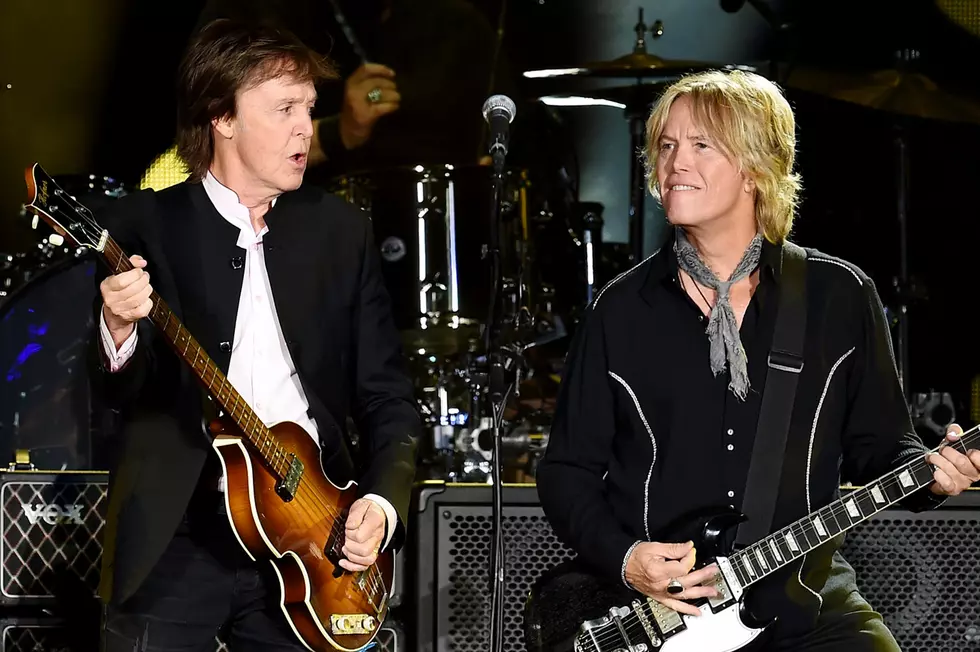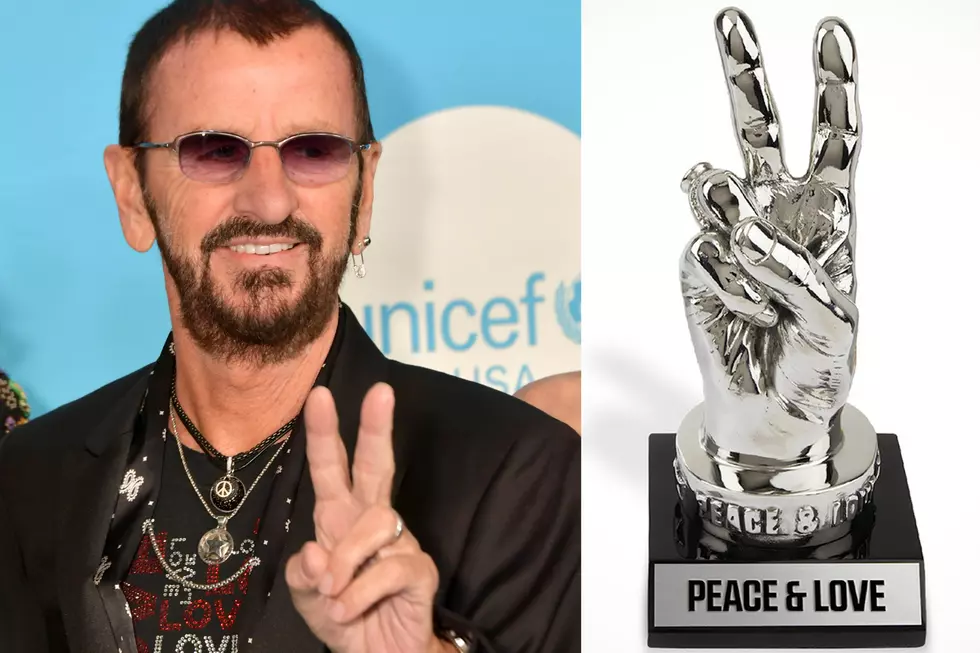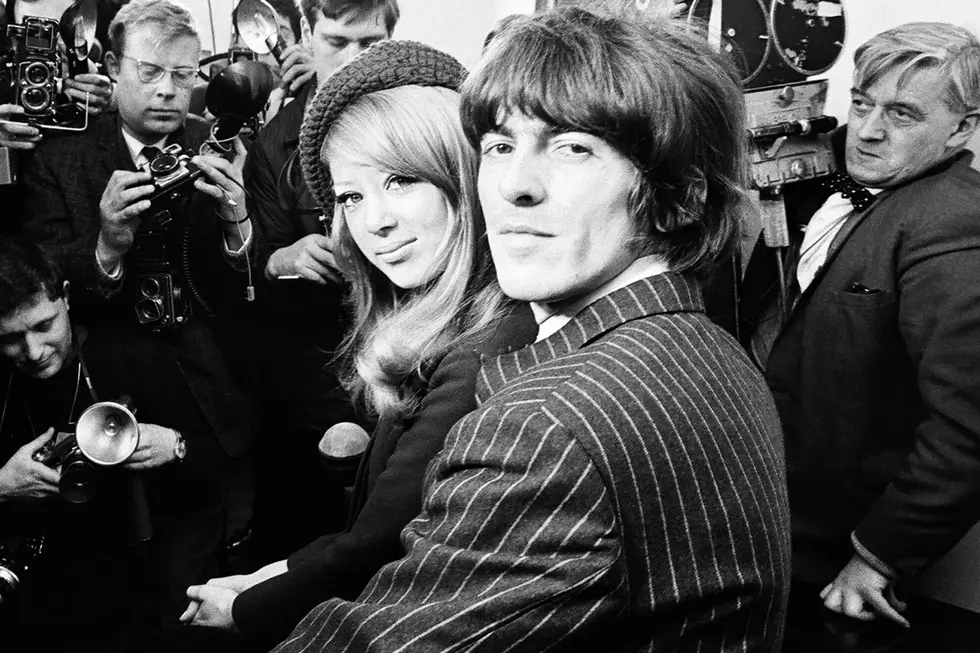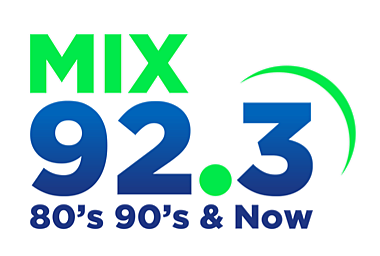
Behka’s Breakfast with The Beatles Recap: Week of February 23
Here's a look at the songs I've started the show with every week on Breakfast with Behka and The Beatles.
We're moving along with our coverage of the 1965 album that accompanied their movie, Help!
On Monday, I played "Another Girl".
McCartney wrote the song while holidaying in Hammamet, a resort in Tunisia. With an up-tempo swing-beat that the writer favored ("Can't Buy Me Love", "She's a Woman") the song opens with a short refrain, powered by block vocal harmonies, that segues straight into the verse, which is constructed on the blues-mode chord changes the group currently favored. The bridge theme makes a sudden key change and features more close three-part harmonies as the aggressively sung verse's apparent threat to a jealous girl turns into a sweet tribute to the "other" girl who "will always be my friend". The backing track was quickly recorded in a single take. George Harrison added a guitar "flourish" at the end which was omitted from the final mix: McCartney added lead guitar the next day. This is one of several Beatles songs recorded at the time on which McCartney played lead guitar in addition to his usual bass. Four-track recording allowed the group to refine songs' arrangements in the studio and McCartney often had clear ideas about the guitar lines he wanted.
On Tuesday, I played "You're Going to Lose That Girl".
The last song recorded before breaking off to make the film, the song was composed at Lennon's house. To the Beatles' familiar twist beat and using variations of familiar doo-wop chords, Lennon's lead singing is set in a call-and-response with the enthusiastic answering harmonies of McCartney and George Harrison, offering a last glimpse of the early Beatles' musical home turf. To fatten the sound McCartney overdubbed a background piano (a job that once would have been done by producer George Martin "live" on the backing track) and Ringo Starr added bongos, the addition of Latin-American percussion being another way the Beatles often exploited their new-found access to four-track recording.
On Wednesday, I played "Act Naturally".
"Act Naturally" is a song originally recorded by Buck Owens and the Buckaroos, whose version reached number 1 on the Billboard Country Singles chart in 1963, his first chart-topper. The Beatles almost recorded a song by their engineer, but realized that Starr did not yet have a vocal on Help! They originally recorded the song "If You've Got Trouble" earlier in 1965 as Starr's intended song for the album, but were dissatisfied with the results and recorded "Act Naturally" to replace it. It was the last cover they recorded until the Get Back/Let It Be sessions in 1969. Because Capitol Records' version of the Help! album included only the songs that appeared in the film Help!, plus incidental music from the film, the label held back "Yesterday" and "Act Naturally" and issued them as a non-LP single. hen the single was reissued on Apple Records in 1971, "Act Naturally" had the "full apple" side and "Yesterday" ended up on the "sliced apple" side. That is because "Act Naturally" was the intended A-side and has always been listed as such in Capitol's files.
On Thursday, I played "It's Only Love".
"It's Only Love" was composed with the working title, "That's A Nice Hat." Lennon had the original idea for the song and completed it with McCartney at his home in Weybridge. In 1980 Lennon told Playboy journalist David Sheff: "I always thought it was a lousy song. The lyrics were abysmal. I always hated that song." In his 1997 biography Paul McCartney: Many Years from Now, McCartney said of the song: "Sometimes we didn't fight it if the lyric came out rather bland on some of those filler songs like 'It's Only Love'. If a lyric was really bad we'd edit it, but we weren't that fussy about it, because it's only a rock 'n' roll song. I mean, this is not literature."
On Friday, I played "You Like Me Too Much".
This song is written by George Harrison. There is an introduction using piano and electric piano, with Paul McCartney and George Martin playing two different piano parts on separate ends of the same Steinway grand piano. The Steinway appears only in the song's intro and was overdubbed separately, as were McCartney's bass and Harrison's vocal overdubs. The electric piano is a Hohner Pianet, played by John Lennon, and you can hear the instrument's tremolo being switched off after the intro.
We'll start up again next week to finish up Help!, beginning with "Tell Me What You See".
My skin's soaked right through to the skin*,
Behka
* In case you don't know, that's a line from the movie.
More From Mix 92.3









